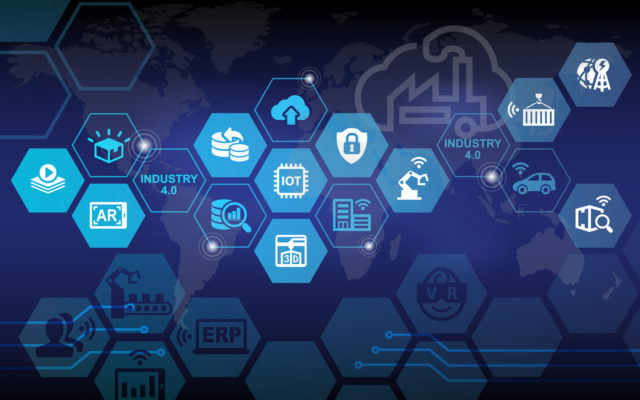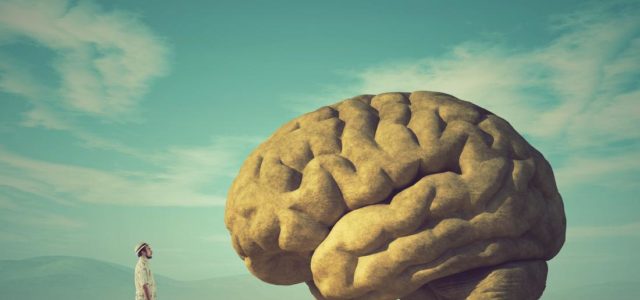Industry 4.0 involves interconnecting all parts of a company and giving rise to effective automation resulting in a more intelligent organization. It is considered the fourth industrial revolution to the digitization phase of the manufacturing sector that was possible due to 4.0 technology.
This process is driven by a surprising increase in data volume, the power of computer systems and connectivity. These changes will allow the different sectors to adapt and evolve, and create synergies with which to become stronger and more competitive.
As a proud partner of Ericsson, I had the opportunity to get a preview on this topic, the upcoming Ringside webinar and Ericsson research on this subject.
The Technologies 4.0
Most of the technologies that make the 4.0 factory possible existed years ago. However, it has been necessary to evolve and improve its computing capacity so that this technology goes beyond the experimental phase and can be applied successfully to industrial environments.
Industrial machines operate in a symbiotic fashion with each other. The coordinated work and the cooperative nature of the technologies associated with 4.0 mean that the development and improvement of each technology generates an exponential growth to the rest of the technologies. The technologies that have allowed this evolution are varied, although the following should be mentioned:
- Big Data and data analysis
- Autonomous robots
- Simulation
- Systems for vertical and horizontal integration
- IoT (Internet of things)
- Cybersecurity
- Cloud computing
- Additive manufacturing
Examples
Use of AI in technology is applicable to several processes within industry 4.0. We will highlight some examples of industrial processes that utilize the continuously revolutionizing innovation in industry 4.0. In automation, especially in industrial assembly lines, some elements or agents should always be present, such as:
Presence sensors:
This type of sensor is responsible for locating at all times the exact position of the product concerning others, as well as other elements that make up the assembly line.
Encoders:
This system determines the speed at which the product moves within the assembly line using pulses that measure both the time and the position of the product.
Vision systems:
The vision systems are responsible for capturing the images of the product that will be processed and sent to the computers in charge of controlling the actions of the actuators.
PLC’s or programmable automatons:
These are the systems that manage all subsequent industrial processes. This unit acts as the brain of the assembly line. It receives all the signals from each of the sensors, analyzes the information available and issues a response according to the specific needs in each case.
Highlights of the new 4.0 industry:
Automation is among the main highlights of this new type of industry. Automation especially stands out in big industries, since it allows interconnection between production units, creates digital production networks and uses resources much more efficiently. In addition to automation, other highlights of industry 4.0 include:
- Digital information
- Digital access to the client and other users in less time
The role of AI
The key to the rise of artificial intelligence is in the constantly evolving calculation and analysis algorithms. Another critical factor is cloud computing, i.e. the ability to remotely store millions of information data on remote servers, which allows artificial intelligence to manage that data efficiently in real time. The explosion of data analytics is the third element that has served to boost the AI. All this without forgetting the improvements in the computing capacity of the processors that are driving the technological revolution.
Examples
Fuzzy Logic
Fuzzy logic allows computer programs to distinguish between values that lie between the true and the false. It can differentiate between “cold, warm and hot” by using mathematical models. Therefore, fuzzy logic is very useful when making machines that are capable of assimilating information that is difficult to define.
One of the most critical objectives of systems based on fuzzy logic is to replicate the human decision-making process, but more quickly. These systems are tolerant of noise in data entry and are currently widespread in our society. For example, smart washing machines or air conditioning systems use them.
Bio-Inspired Algorithms
Bio-inspired algorithms are one of the areas of AI with the most potential. Through traditional methods, many optimization problems are impossible to solve and need the use of evolutionary algorithms based on nature to reach optimal solutions.
Bio-inspired algorithms are considered due to their potential to solve complex problems, and are frequently used in applications related to the allocation of resources, classification of patterns, planning of processes or optimization of vehicle routes.
Probabilistic Reasoning
If we have the right amount of historical data examples, we can take a variable such as your having a headache and predict the probability that you have the flu.
Artificial neural networks
The networks of artificial neurons are a paradigm of machine learning inspired by how the biological nervous system works, in which millions of neurons work together through interconnections and produce outputs to received stimuli.
The role of 5G
5G is a new wireless technology for the transmission of data between devices such as smartphones or other devices with an Internet connection. It promises to provide higher speeds and features than the current LTE-4G.
The main improvement of the 5G linked to the industry is the lowering of latency, i.e. the response time it takes a device to execute an order after the signal is sent. 5G will reduce that delay to just one millisecond. Fiberization process is use to enable networks to meet capacity and latency requirements for 5G and works as an essential component for supporting small-cell deployment.
It will also be necessary to be aware of the deployment of 5G networks since the transmission in high frequencies decreases the wavelength and therefore more antennas will be needed to guarantee good coverage. All this will need to be accomplished without forgetting the possible limitations imposed by the different operators.
When it is a reality, the impact of 5G in the industry will have relevance in technologies such as artificial intelligence, virtual reality, augmented reality and real-time data analytics systems that require sending large amounts of information.
Future expectations
Industry 4.0 is merging technologies and blurring the boundaries between the physical, digital and biological worlds. Following future predictions are expected in light of the main trends in the Industry 4.0 market:
The growth of investment in new technologies
Industry 4.0 suggests a significant increase in investment in fixed assets and intangible assets. This can be seen by highlighting the investment in Industry 4.0 technology.
Growth in the number of mergers and acquisitions and strategic alliances
Since modern technologies are developing at a phenomenal pace, companies do not have time to develop all the necessary competencies on their own. Therefore, in the industrial sector, there is a trend towards an increase in mergers and acquisitions.
Growth in the sales of automation solutions
An obvious consequence of automation is the growth of markets and sales volumes of all supporting technologies, which proves the dynamic development of Industry 4.0.
Practically all sectors creating technologies of Industry 4.0 have demonstrated significant growth. One example is the sales dynamics of industrial robots.
These other trends largely shape the future of the industry and must be taken into account by both the government and business.
During the time that has elapsed since the emergence of the term, a large number of scientists became interested in this concept, which went deep into the study of aspects of a new industry. He also drew close attention from critics, who indicate that no revolution in the classical sense occurs and that current changes are nothing more than in-depth automation.
Article by channel:
Everything you need to know about Digital Transformation
The best articles, news and events direct to your inbox
Read more articles tagged: AI, Automation, Featured, Internet of Things







